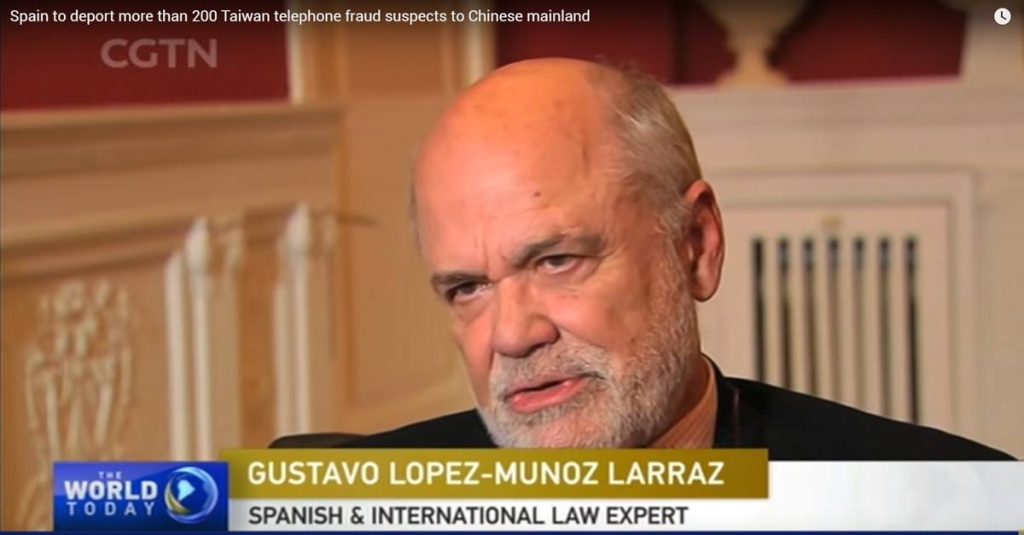What is the Pre-Bankruptcy Law

The Law on pre-bankruptcy law after the reform of Royal Legislative Decree 1/2020
On May 7, it was published in the Official State Gazette Royal Legislative Decree 1/2020, of May 5, approving the revised text of the Bankruptcy Law (TRLC), which will enter into force on September 1 and whose objective is to order the bankruptcy legislation after the numerous reforms suffered.
Faced with the current wording of the Bankruptcy Law, the new text is divided into three books. Specifically, the one that interests us today is Book III that deals with pre-bankruptcy law, in which the figures of refinancing agreements and out-of-court payment agreements.
It is convenient to notify the competent Court of the opening of negotiations with creditors to hear about the bankruptcy. Notification to the court may be made by the debtor or, in the event that the debtor requests the appointment of a bankruptcy mediator, the notary, the commercial registrar or the chamber to which the application was submitted will be in charge of notifying the start of the negotiations. . The communication will indicate the executions that are carried out against the debtor’s assets, specifying those that fall on assets or rights necessary for the continuity of the professional or business activity.
It should be noted that the period to reach an agreement with creditors is not infinite, the law establishes that if the debtor has not been able to reach a refinancing agreement, or an out-of-court agreement of payments, or adhesions to the anticipated agreement proposal within three months from the communication to the court of the start of the negotiations, two months if it is a non-entrepreneurial individual debtor, you must request the Declaration of bankruptcy within the following business month, unless requested by the bankruptcy mediator.
It may interest you:”What is an express contest?”
The refinancing agreements
These are agreements adopted between the debtor and his creditors in order to avoid bankruptcy. Specifically, companies can agree to a reduction in their debts or an extension of the term to pay them. The Bankruptcy Law establishes two kinds of agreements:
Collective refinancing agreements
The collective refinancing agreements must be based on a feasibility plan that allows the professional or business continuity of the debtor in the short-medium term. They will also have as their object the significant extension of the available credit, or the modification or extinction of the debtor’s obligations. They must be signed by the debtor and by creditors representing three fifths of the liability, according to certification issued by the accounts auditor. Finally, it will have to be formalized in a public instrument, to which the feasibility plan, the auditor’s certification and other documents that justify the concurrence of the agreement will be incorporated as annexes.
Singular refinancing agreements
The singular refinancing agreements are those signed by the debtor and one or several creditors that individually or jointly meet the following requirements:
- The agreement must respond to a feasibility plan that allows the continuity of the professional activity.
- The resulting current assets must be equal to or greater than the current liabilities.
- The portion of the credits with personal or real guarantees of the creditors that sign the agreement must not be greater than that existing before the agreement, nor greater than 90% of the liabilities
- The interest rate applicable to the credits resulting from the agreement must not exceed more than one third of the interest applicable to the credits prior to the agreement.
- The agreement must be formalized in a public deed, in which the reasons justifying the agreement must be stated, as well as the acts and business carried out between the debtor and the creditors who sign it.
The debtor or any of the creditors who signed the agreement may request, at any time, the court approval of the collective refinancing agreement they have signed. While singular refinancing agreements may not be approved. The approval of the agreement can be challenged by the creditors affected by the judicial approval that have not signed it.
Breach of refinancing agreement
Regarding breach of the refinancing agreement, if the debtor fails to comply with its terms, any creditor affected by the agreement may request a declaration of default before the judge who would have approved it and with the procedures of the bankruptcy incident. Once the default has been declared, the creditors may request the declaration of bankruptcy or initiate individual executions.
It may interest you:”Differences between the voluntary bankruptcy and the necessary bankruptcy”
The extrajudicial payment agreement
Mechanism included in the Bankruptcy Law with which an attempt is made to resolve the debts contracted by the debtor, whether a natural or legal person, with their creditors avoiding having to enter into bankruptcy. The purpose of which is to provide a third party, bankruptcy mediator, the possibility of reaching an agreement with creditors to overcome the insolvency situation.
The regulation of the out-of-court payment agreement established by the TRLC does not differ much from that established on this mechanism in Bankruptcy Law 22/2003, so you can consult our previous article”The out-of-court settlement of payments in cases of insolvency“.
On the other hand, and in terms of the regulation made by the TRLC on this figure, they call attention in a first approximation:
ul style=”text-align: justify;”>
Conclusions
Thanks to pre-bankruptcy mechanisms such as the refinancing agreement or the out-of-court payment agreement, the debtor can avoid judicial proceedings and achieve the continuity of his professional or business activity, but it is very important that the debtor comply with the terms established by law, so it is essential that they have the advice of professionals who accompany them throughout the procedure.
It may interest you:”Lawyers specialized in Bankruptcy Law”



















